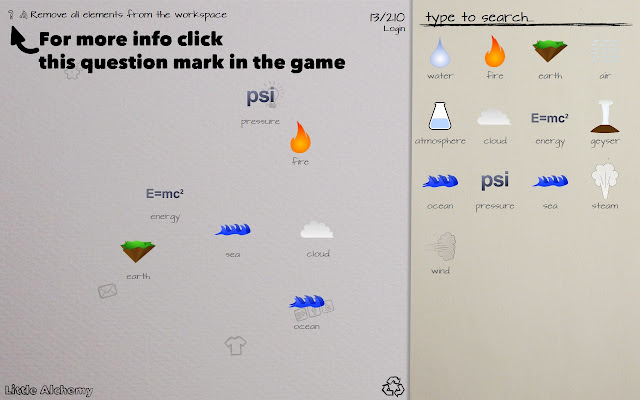

Just for the sake of simplicity, I rename my license file to server.prvc. Once finished, there are a few resources in there. With this created, mostly due to not wanting to mess with Samba or NFS, I just use Webmin to move all the files into this location. The benefit is when you restart your system, everything in the /tmp directory is flushed, streamlining cleanup. Copy Esri installation resources to the serverīased on the Filesystem Hierarchy Standard, I create a location in /tmp called arcgis. No, you do not need to do this, but I like Webmin for ease of server administration. I copied and pasted directly from my previous blog posting, and it all worked flawlessly. Yes, it is for 12.04, but everything works. If you want a much more granular discussion of what is going on with all this, I have a blog posting about installing Webmin on Ubuntu. Sudo apt-get install gettext tomcat7 openssh-server Webmin Installation The -y operator just means we do not have to manually have to say yes later. With everything updated, next is installing a few things we are going to need, a requirement for ArcGIS server - gettext, a Java web server - Tomcat7, and just to make sure we can log in remotely - openssh-server. Sudo apt-get update & sudo apt-get upgrade Right after installing Ubuntu, I make sure everything is up to date. Post installation updates and additional package installation Install ArcGIS Server as the arcgis user.Create an arcgis user and create a location for the software installation.Copy Esri installation resources to the server.Post installation updates and additional package installation.This really is little more than a ride along to see how I did it, and how I got it working.īroadly, the steps required to get this up and running for me include: Admittedly I make some calls regarding how to setup and configure the environment. Below is my experience in getting all of this up and running. While I likely would be inclined to use the distribution for the last reason alone, the first two are compelling reasons why, when I learned Esri is now offically supporting Ubuntu, I wanted to learn how to get this installed and setup. Ubuntu, I have been using it since the inception in 2004 it is consistently in the top 10 Linux distributions according to DistroWatch, and the parent company Cannocial is based on Isle of Man where arguably the most intense motorcycle race in the world is contested.


 0 kommentar(er)
0 kommentar(er)
